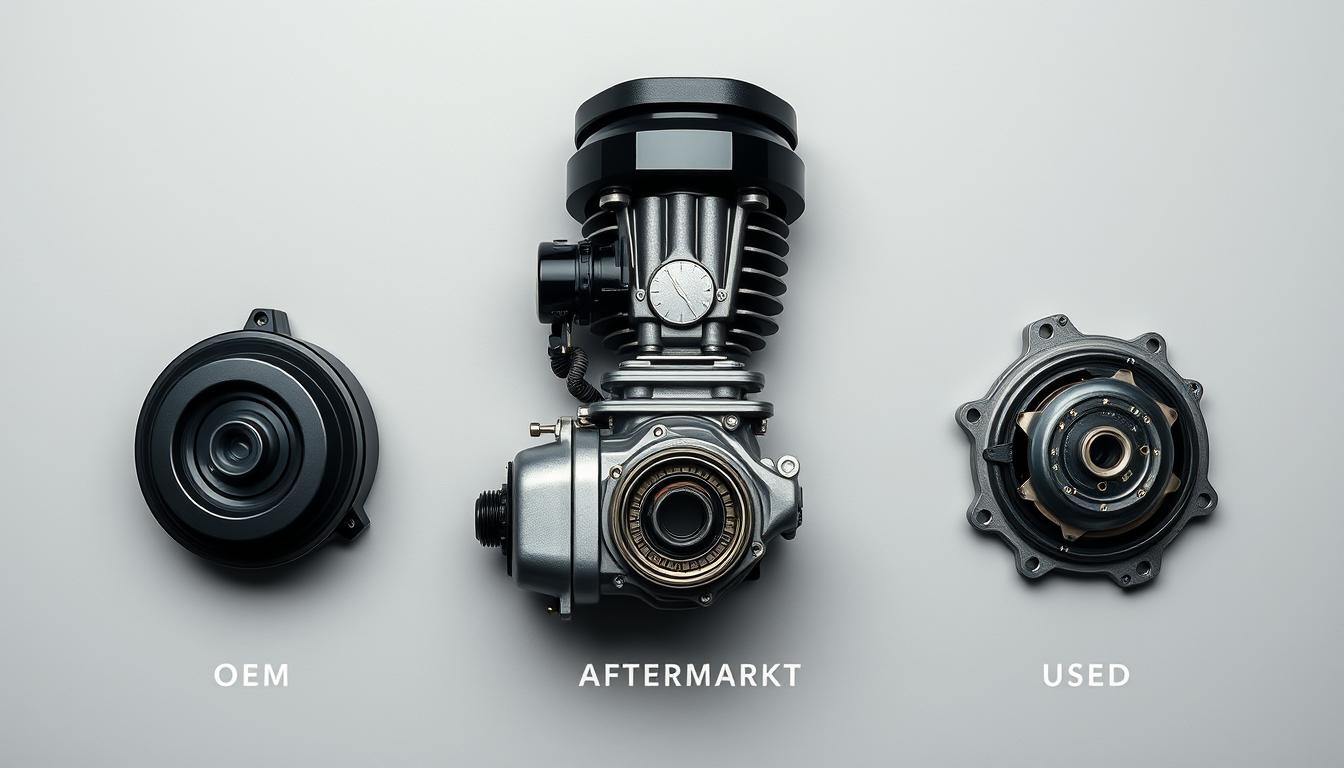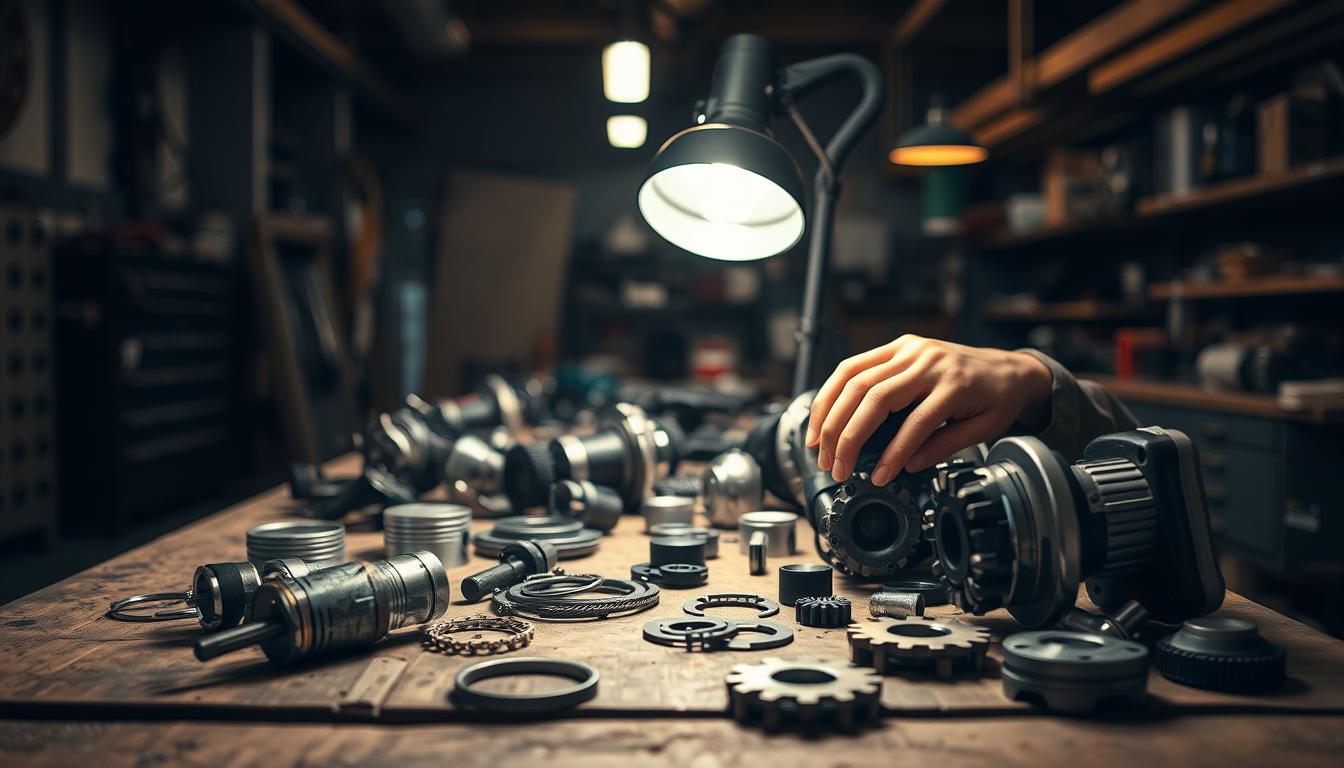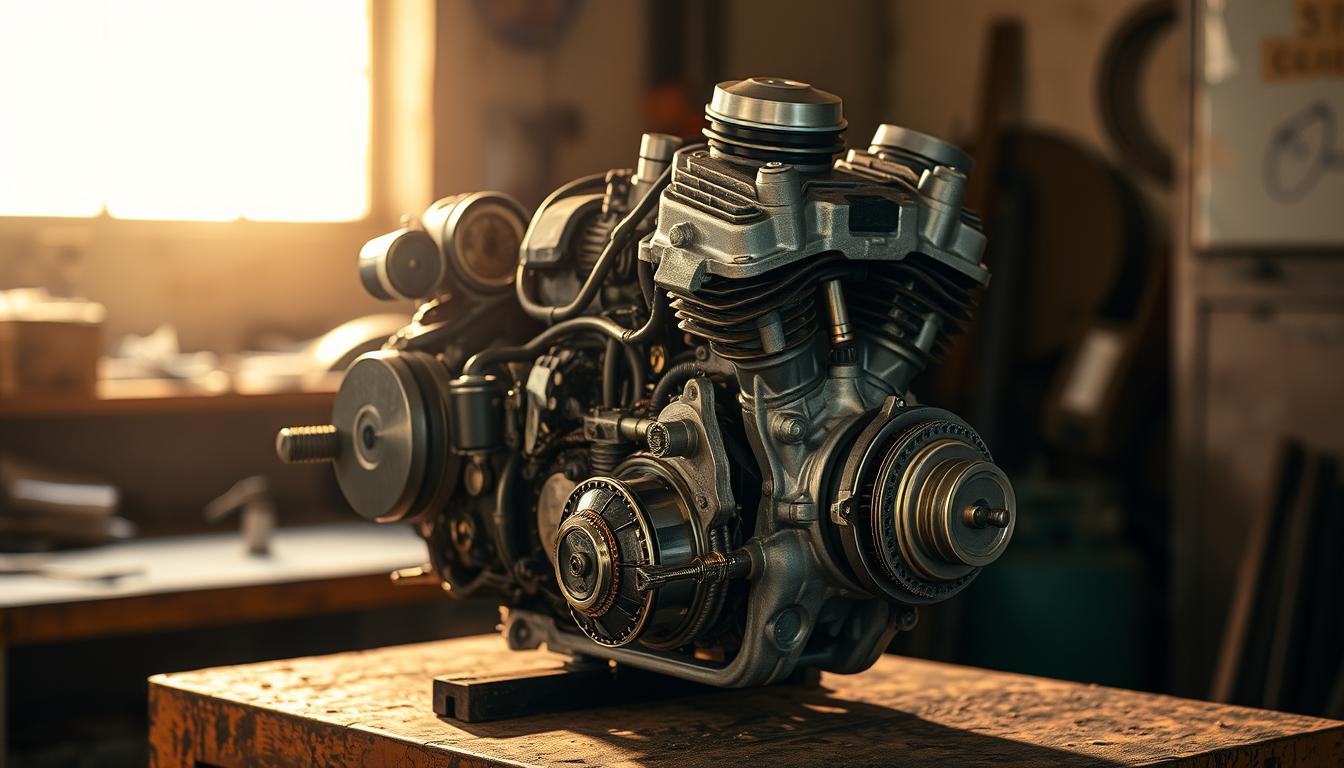Ever wondered why some riders seem to have a seamless experience while others struggle with their bike’s performance? The secret often lies in choosing the right part for your ride. Whether you’re a seasoned mechanic or a DIY enthusiast, getting the correct item for your bike’s specific model and year is crucial.
Finding the perfect motorcycle part can feel like solving a puzzle. With so many options available online, it’s easy to make costly mistakes. That’s where this guide comes in. It’s designed to help you navigate the process, from inspecting parts to checking fitment details, ensuring you get the best product for your bike.
From OEM to aftermarket accessories, we’ll walk you through the essentials. You’ll learn how to save money without compromising on quality. So, if you’re ready to enhance your ride, let’s dive in and make informed decisions together.
Key Takeaways
- Choose parts that match your bike’s model and year.
- Inspect items carefully to avoid fitting issues.
- Use fitment lists to ensure the right product.
- Consider OEM options for optimal performance.
- Check reviews and buy from reputable suppliers.
Understanding the Interchangeability of Motorcycle Parts
Swapping items between different models can be tricky if you don’t know the rules. Interchangeability refers to whether a part can fit and function correctly across various bikes. This concept is crucial when upgrading or repairing your ride, as using the wrong item can lead to safety issues or poor performance.
Factors Affecting Interchangeability
Several factors determine if a part can be swapped between bikes. The brand plays a significant role, as some manufacturers use consistent designs across models. The year of production is also critical, as changes in design can affect fitment. Additionally, the type of part matters—some accessories, like handlebars, are more universal, while engine components are often model-specific.
For example, universal handlebars can fit many bikes, but a model-specific engine part may only work with a particular year or design. Always check fitment lists or consult experts to ensure you’re choosing the right product for your ride.
Aftermarket vs OEM Considerations
When selecting a part, you’ll often choose between aftermarket and OEM options. OEM (Original Equipment Manufacturer) items are designed specifically for your bike’s make and model. They offer high quality and reliability but can be more expensive.
On the other hand, aftermarket parts are produced by third-party companies. They can be more affordable and offer a wider range of options, but quality varies. Some aftermarket products meet or exceed OEM standards, while others may not fit as well.
Understanding these differences helps you make informed decisions. Always consult detailed fitment lists and reviews to avoid compatibility issues. This approach ensures your ride remains safe and performs at its best.
Compatibility of Used Motorcycle Parts
Ensuring the right fit for your bike’s components is more than just a convenience—it’s a necessity. Using the wrong item can lead to poor performance, safety risks, and costly repairs. Whether you’re replacing an engine component or a body panel, accuracy is key.

Why Compatibility Matters for Your Ride
Mismatched parts can cause significant issues. For example, an incompatible engine component may lead to overheating or failure. Similarly, a poorly fitting body panel can affect aerodynamics and stability. Always prioritize items that match your bike’s make, model, and year.
Checking fitment details is essential. Many riders overlook this step, only to face delays and extra costs. By verifying specifications, you ensure your ride remains safe and performs at its best.
How to Check Fitment Details
Start by using your bike’s VIN or part numbers. These details provide precise information about the components designed for your ride. Online platforms often include fitment lists, making it easier to find the right product.
Inspect physical fitment when possible. If buying online, review specification guides and customer feedback. Real-world examples, like checking compatibility for a brake system or exhaust, can save time and money.
Thorough research is your best ally. Whether you’re choosing OEM or aftermarket options, ensure the item meets your bike’s requirements. This approach guarantees a smoother, safer ride.
Evaluating Condition and Quality of Used Parts
When buying second-hand components, knowing what to look for can save you time and money. A thorough inspection ensures the item will perform well on your ride. Ignoring this step can lead to costly repairs or safety issues down the line.
Identifying Signs of Wear and Tear
Common issues include rust, cracks, and corrosion. These can compromise the part’s integrity and reduce its lifespan. For example, a rusty chain may snap under pressure, while a cracked engine component could fail unexpectedly.
Look for signs of heavy use, such as worn-out threads or uneven surfaces. These indicate the product has been subjected to stress. Always compare the condition to new or OEM standards to gauge its quality.
Inspection Checklists and Tips
Use a detailed checklist to evaluate used components. Here’s a step-by-step guide:
| Component | What to Check |
|---|---|
| Brakes | Look for worn pads, cracks, or rust on discs. |
| Chain | Inspect for tightness, rust, and missing links. |
| Engine Parts | Check for leaks, cracks, or unusual wear. |
Recognising durable materials is also crucial. Heavy-duty components, like stainless steel or reinforced alloys, last longer and perform better. If you’re unsure, consult a professional mechanic for a second opinion.
Buying quality second-hand parts can save you money while maintaining your bike’s performance. A little extra effort during the inspection process ensures you get the best value for your investment.
Verifying Fitment and Model Specifics
Getting the right fit for your bike’s components starts with accurate verification. Using your bike’s VIN and part numbers ensures the product matches your ride. This step is crucial to avoid mismatched components and potential safety issues.

Using VIN and Part Numbers to Confirm Fitment
Your bike’s VIN is a unique identifier that provides detailed information about its make, model, and year. Locate it on the frame or in the owner’s manual. Compare this number with the part’s specifications to ensure it’s designed for your bike.
Part numbers are equally important. Verify that the number matches the manufacturer’s original records. This ensures the item is a perfect fit. Online tools and parts finder services can assist with this process, making it easier to confirm compatibility.
Here’s a quick guide to using VIN and part numbers effectively:
| Step | Action |
|---|---|
| 1 | Locate your bike’s VIN on the frame or in the manual. |
| 2 | Compare the VIN with the part’s fitment details. |
| 3 | Verify the part number matches the manufacturer’s records. |
| 4 | Use online tools or consult a professional if unsure. |
Checking the model year and design differences is also essential. Even small changes can affect fitment. For example, a brake system designed for a 2020 model may not fit a 2021 version. Always double-check these details before purchasing.
Maintaining records of part numbers can save time in the future. This practice ensures you always have the correct information on hand. Proper verification prevents mismatched components and keeps your ride safe and efficient.
Navigating Trusted Sellers and Marketplaces
Choosing the right seller for your bike’s components can make or break your experience. Whether you’re looking for a specific part or upgrading your ride, knowing where to buy is just as important as what to buy. Dealerships and private sellers each have their pros and cons, and understanding these differences ensures you get the best value for your money.

Dealerships vs Private Sellers
Dealerships often provide OEM components, ensuring high quality and compatibility. These items are tested and inspected, giving you peace of mind. Many dealerships also offer warranties, which can save you from unexpected costs down the line.
Private sellers, on the other hand, may offer lower prices. However, there’s often no guarantee of quality or fitment. Missing documentation and lack of testing can lead to issues. Always verify the seller’s reputation and ask for maintenance records before making a purchase.
Benefits of Buying from Dealerships
Dealerships provide several advantages. They stock OEM parts, ensuring your bike maintains its performance. Inspected and tested components reduce the risk of fitting issues. Additionally, warranties and return policies add an extra layer of security.
Risks with Private Sellers
While private sellers can be cost-effective, there are risks. Lack of guarantees and missing documentation are common issues. Always check reviews and ask detailed questions about the part’s condition and history. Transparency is key to avoiding problems.
How to Verify a Seller’s Reputation
Start by checking online reviews and ratings. Look for feedback from previous buyers to gauge reliability. Ask for maintenance records or proof of purchase to ensure the item is genuine. If possible, inspect the part in person before buying.
Questions to Ask Sellers
When dealing with sellers, ask about the part’s condition, fitment, and history. Inquire about warranties or return policies. Clear communication helps you avoid misunderstandings and ensures you get the right component for your bike.
| Aspect | Dealerships | Private Sellers |
|---|---|---|
| Quality | High, often OEM | Varies |
| Guarantees | Warranties available | Rarely offered |
| Price | Higher | Lower |
| Documentation | Complete | Often missing |
Transparency and documentation are crucial when buying components. Whether you choose a dealership or a private seller, thorough research ensures you get the best part for your bike.
Leveraging Online Parts Finder Services
Online services are transforming how riders source the right parts for their bikes. These tools simplify the process, making it easier to find exactly what you need. Whether you’re searching for OEM components or aftermarket options, dedicated platforms save time and effort.

Benefits of a Motorcycle Parts Finder
One of the biggest advantages is the ability to filter items by make, model, and year. This ensures you only see options that fit your bike. Detailed fitment lists and image uploads help confirm accuracy, reducing the risk of mismatched components.
These services also provide verified compatibility details. This means you can trust the part will work as expected. Many platforms even offer nationwide delivery, making it convenient to get what you need, no matter where you are in Australia.
Ensuring a Seamless Online Shopping Experience
Using these tools is straightforward. Simply enter your bike’s details or upload a photo of the item you need. The platform will generate a list of compatible options, often with detailed descriptions and high-quality images.
Expert advice is another key feature. Many services connect you with trusted sellers or provide support to answer your questions. This ensures you make informed decisions without the hassle of visiting multiple stores.
With the rise of AI-enabled part lookup, the process is faster than ever. These tools reduce search times and connect you with the right part quickly. Whether you’re a seasoned rider or a beginner, these services make sourcing components simple and efficient.
Negotiating Prices and Securing a Great Deal
Negotiating the price of a bike’s component can feel daunting, but it doesn’t have to be. With the right approach, you can save money while ensuring quality. Whether you’re buying from a dealership or a private seller, preparation is key to securing a fair deal.

Researching Fair Market Prices
Start by understanding the item’s value. Research online platforms, dealerships, and private listings to establish a baseline price. Look for trends in pricing based on the part’s condition, age, and brand. This knowledge gives you leverage during negotiations.
Compare prices across different sellers. Dealerships often charge more for OEM parts, while private sellers may offer lower prices but with less assurance. Use this information to determine a fair offer.
Effective Negotiation Strategies
Inspect the part thoroughly before discussing price. Look for signs of wear, rust, or damage. Use these findings to justify a lower offer. For example, a scratched exhaust or worn brake pads can be bargaining points.
Bring documented evidence, such as inspection checklists or photos, to support your case. Sellers are more likely to negotiate if you can prove the item’s condition.
Understand the cost differences between aftermarket and OEM parts. Aftermarket options are often cheaper, but OEM parts guarantee a perfect fit. Use this knowledge to negotiate based on the part’s quality and compatibility.
Be prepared to walk away if the price doesn’t match the item’s condition. This shows the seller you’re serious about getting a fair deal. Often, they’ll reconsider their offer to keep the sale.
- Research prices across multiple platforms.
- Inspect the part for wear and tear.
- Use documented evidence to support your offer.
- Understand the value of OEM vs aftermarket parts.
- Be ready to walk away if the deal isn’t fair.
Conclusion
Finding the right component for your ride doesn’t have to be overwhelming. By understanding interchangeability, verifying fitment details, and assessing condition, you can make confident choices. Always check your bike’s VIN and part numbers to ensure the item matches your model.
Trusted sellers and online tools simplify the process. Dealerships offer OEM options for guaranteed quality, while platforms with fitment lists save time. Proactive research and negotiation help secure the best deal without compromising on performance.
For a smoother ride, don’t overlook maintenance essentials like your wet clutch system. Proper care ensures optimal performance and longevity.
Apply these insights to enhance your motorcycle’s safety and efficiency. Before making a purchase, double-check fitment lists and seek expert advice. Your ride deserves the best.




